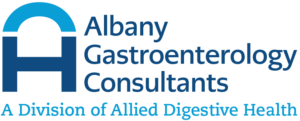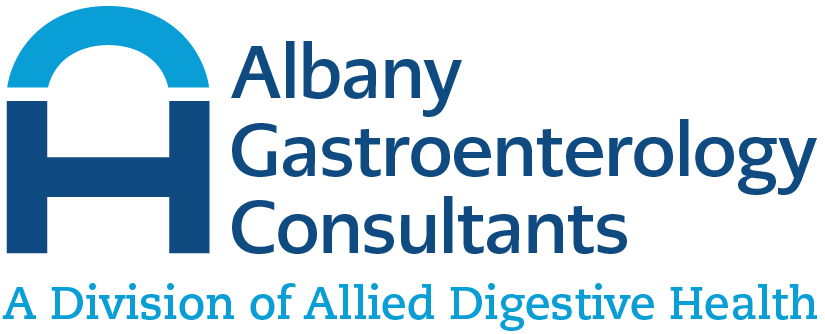Diverticulosis Treatment
Diverticulosis is a very common gastrointestinal condition that typically has onset with age. According to the National Institute of Diabetes and Digestive and Kidney Disorders, diverticulosis affects approximately 30 percent of adults between 50 and 59, and approximately 70 percent of those over age 80.
Diverticulosis is characterized by the presence of diverticula in the colon wall, which are small pouches that form in the lining of the digestive system. It is rare that diverticulosis treatment is needed, as diverticulosis only indicates the presence of diverticula and not a problem. However, if diverticulosis treatment develops into diverticulitis (diverticular disease), then treatment is needed. Read on to learn more about the difference between diverticulosis and diverticulitis, what symptoms are, and when to seek medical attention.
What Is Diverticulosis?
Diverticulosis is the presence of diverticula in the lining of the small intestine or large intestine (colon). The ones in the large intestine are far more common. For the purposes of this discussion, whenever “diverticulosis” is mentioned, we are referring to the ones in the large intestine.
Diverticula are small, bulging sacs that often appear as patients move into their 40s and 50s. Diverticulosis is very common in those over 80. Diverticulosis rarely needs treatment, as only 3 percent of cases will develop diverticulitis. However, diverticulosis is only the presence of diverticula—not the infection. Infection (diverticulitis) and the presence of diverticula (diverticulosis) are together called diverticular disease.
Diverticulosis vs. Diverticulitis
Diverticula look like bubbles that form on the lining of the colon from increased pressure. They can be as small as a pea or can be much larger. They develop most often on the left side of the sigmoid colon (the lower end of the colon). When one or more of the diverticula become inflamed or infected, this is known as diverticulitis and requires treatment. If left untreated, diverticulitis can lead to serious problems in the colon.
What Are the Risk Factors for Diverticulosis?
Certain factors put you more at risk for developing diverticulosis or diverticular disease. Some of these include:
- Being overweight or obese
- Not exercising enough
- Being male
- Being over 40 years of age
- Eating a low-fiber diet
- Eating a high-fat diet, particularly red meat
- Smoking
Quite often, first-line diverticulitis treatment is a change in diet. Your doctor may recommend a high-fiber diet, full of whole grains with lots of fruits and vegetables. In any event, this type of diet helps to prevent diverticulitis.
What Are the Symptoms of Diverticulosis?
Most patients don’t experience symptoms of diverticulosis because the presence of diverticula doesn’t often cause problems. However, some patients may experience:
- Constipation
- Tenderness in the area
- Bloating or swelling
- Mild abdominal cramping
Diverticulitis, however, has much more noticeable symptoms, such as:
- Abdominal pain in the lower left side; can be sudden onset or onset over a period of days
- Nausea and vomiting
- Chills
- Abdominal cramping
- Constipation or diarrhea
- Rectal bleeding
Symptoms of diverticulosis don’t often warrant diverticulosis treatment, while a possible case of diverticulitis should be examined by a medical professional.
Common Causes of Diverticulosis
Scientists and researchers are not entirely sure what causes diverticulosis, but many believe it is due to a lack of fiber in the diet combined with increased age. A lack of fiber often leads to constipation, which can make you strain during a bowel movement. Some scientists believe this straining and pressure causes diverticula to form.
Scientists are also not sure why some diverticula become infected and become diverticulitis, while others do not. One theory is that bacteria from stool find their way into the diverticula. Another theory is that diverticula erode over time due to increases in pressure.
When to Get Medical Attention for Your Diverticulosis
Diverticulosis is not typically diagnosed on its own, since most patients have no symptoms. It can, however, be found while tests are being performed for a different reason. However, diverticulitis often leads to symptoms and thus is diagnosed on its own.
In order to provide you with a proper diagnosis, your gastroenterologist will have to run some testing to confirm or deny diverticulitis after receiving all of your health information. If you have acute diverticulitis and it is severe, it needs immediate treatment.
Some of the diagnostics used for a diverticulitis diagnosis include:
- Blood tests. This looks for signs of a high white blood cell (WBC) count, which could indicate infection.
- Stool tests. Your stool sample is evaluated for signs of infection.
- Computed tomography (CT) scan. This can show infected diverticula and how severe the infection is.
- Colonoscopy and sigmoidoscopy. These two tests are similar, however, a colonoscopy examines the entire large intestine (colon), while a sigmoidoscopy only examines the sigmoid (lower) portion of the colon. Both require taking prep the night before to empty the bowels. During the test, you are put under sedation and a long, flexible tube is inserted into the anus and rectum to examine the colon. A camera attached to the end of the colonoscope or sigmoidoscope can show infected diverticula as well as many other gastrointestinal disorders and diseases.
- Barium enema. A barium enema is inserted into the anus, and as it travels into the colon, it can “light up” affected areas on X-ray.
Treatment for Diverticulosis is rarely needed as opposed to diverticulitis where treatment is usually needed. If your provider finds diverticulitis, they may treat it in several ways:
- Oral antibiotics, such as metronidazole or ciprofloxacin
- A liquid diet, followed by soft foods once symptoms improve
- Hospitalization (if needed), with IV antibiotics and fluids
- Surgery
Most cases of diverticulitis clear within 10 to 14 days with the proper medications and rest. Surgery is rarely needed with diverticulitis, but it may be necessary if there are fistulas, abscesses, perforations, rectal bleeding, or blockages in the colon. Surgery would involve removing part of the colon afflicted with diverticulitis. While the procedure can be performed laparoscopically and is minimally invasive, a colostomy bag may be needed to collect waste post-surgery.
Schedule a Consultation With a Gastroenterologist
If you have sudden symptoms that resemble those of diverticulitis, you may need treatment for diverticular disease or your gastroenterologist may want to rule out other GI problems. To schedule a consultation with an experienced gastroenterologist, you can contact any of Allied Digestive Health’s care centers here. We offer compassionate and comprehensive care for all of your gastrointestinal needs.

